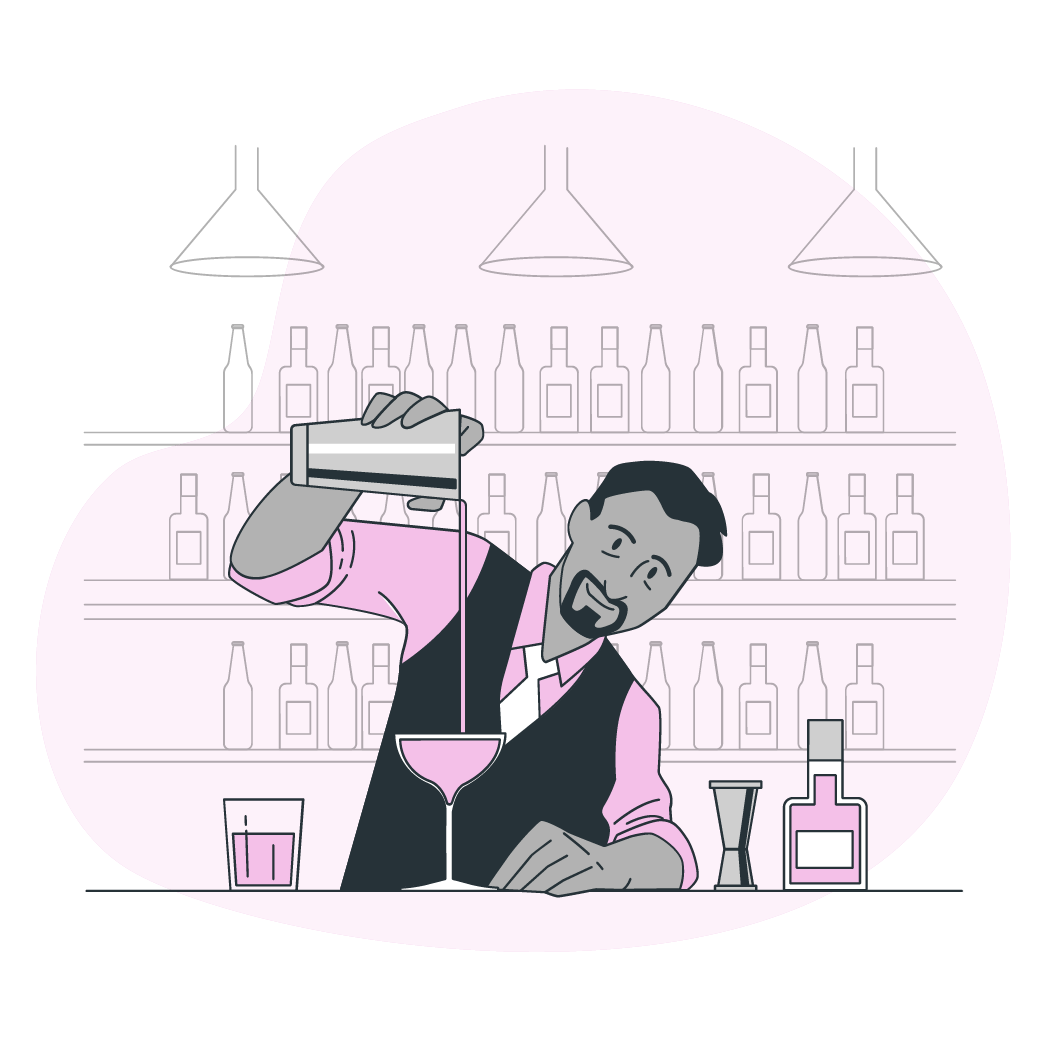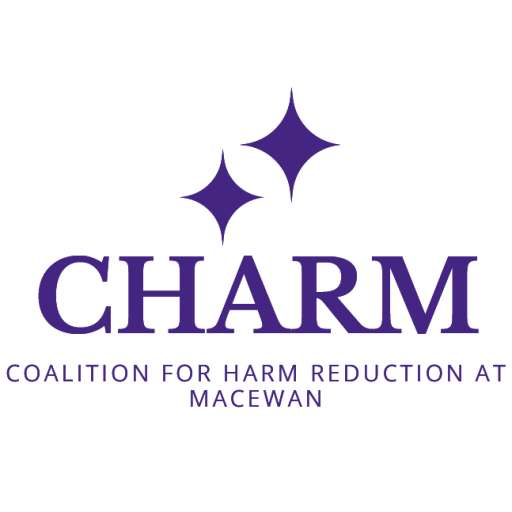About harm reduction
A harm reduction approach aims to reduce the potential negative consequences of engaging in higher risk behaviours or higher risk environments.
What is harm reduction?
Harm reduction is a set of practical strategies and ideas to reduce the negative outcomes associated with riskier environments and riskier activities like driving a car, riding a bicycle, using substances or having sex.
Every day we take precautions to reduce our risk. Harm reduction may look like wearing a seatbelt in a car, wearing a helmet while riding a scooter, having conversations about consent before engaging in intimate acts, or having naloxone available in the event of an opioid overdose or poisoning situation.
Harm reduction involves individuals and their communities.
What does harm reduction look like?
Harm reduction can look like any action individuals and communities take to reduce the potential negative outcomes of engaging in higher-risk behaviours or higher-risk environments.
You may be familiar with common harm reduction practices, like:

Using a marked crosswalk at intersections

Wearing a seatbelt in a motor vehicle

Wearing a helmet while riding a bike

Practicing safer sex

When we think about substance use and harm reduction approaches, we include interventions that may target the person, family, community, or society. They can target the health, social, or economic consequences of substance use.
Harm reduction interventions may include:

Mandatory ProServe training

Community-based naloxone programs

Peer support programs

Supply distribution and recovery programs

Supervised consumption services

Opioid dependency treatments

